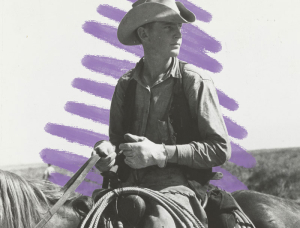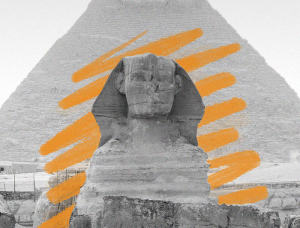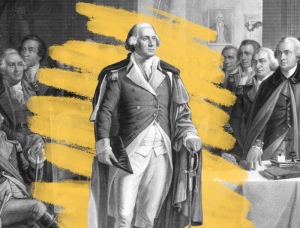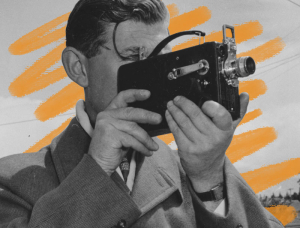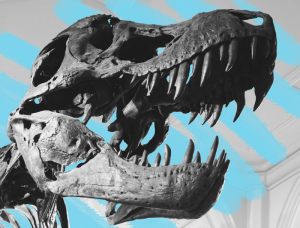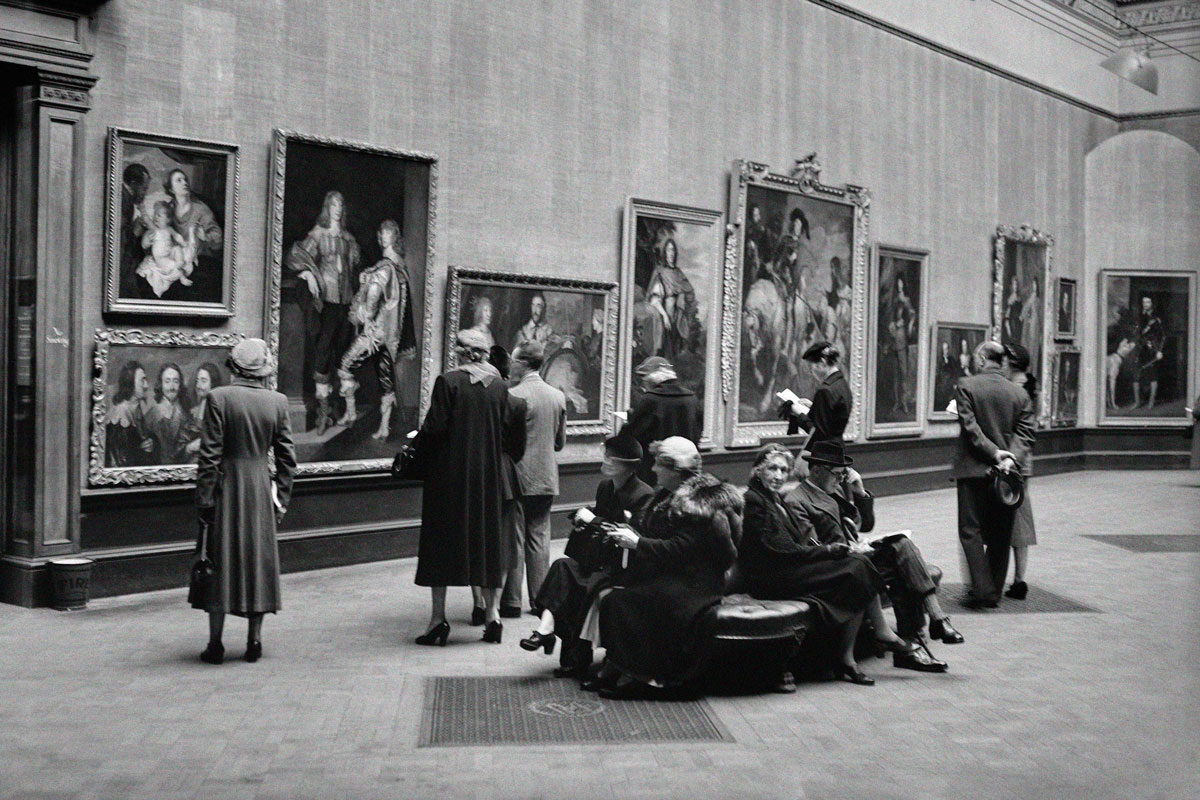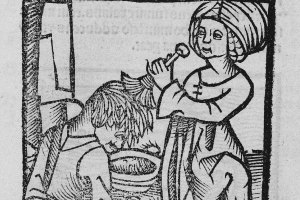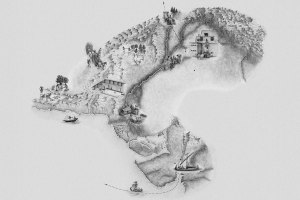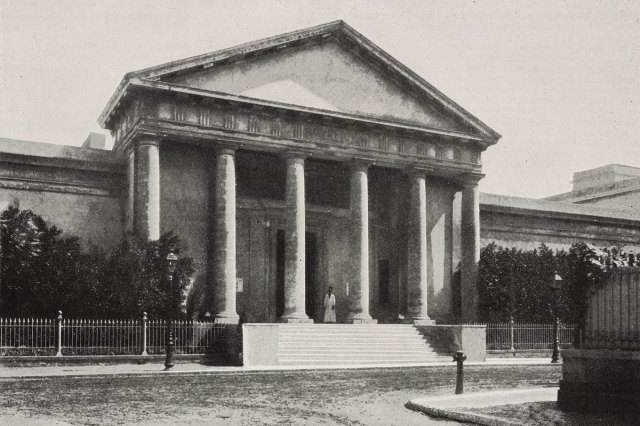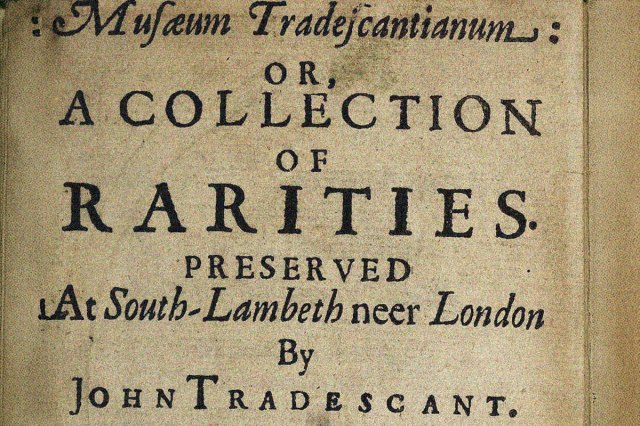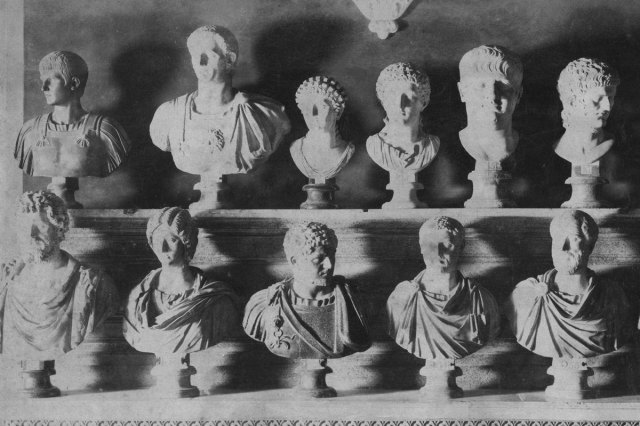What Was the First Museum?
The roots of museums reach back thousands of years. From Mesopotamian princesses to Renaissance aristocrats, humans have long been drawn to collect, preserve, and display the material traces of their world. But exactly how old is this tradition? And which institution deserves the title of the first museum in history?

An Ancient Princess’s Collection
The earliest evidence of what we might recognize as a museum comes from the city of Ur, in modern-day Iraq. Once a flourishing port on the Euphrates River and the heart of ancient Sumerian civilization, Ur is also remembered as Abraham’s hometown in the Bible.
In the 1920s, British archaeologist Charles Leonard Woolley led excavations at Ur, uncovering treasures that dazzled the public: gold and lapis-inlaid jewelry, royal tombs, and evidence of elaborate funeral rites. Then, in 1924, Woolley stumbled upon something quieter but no less revolutionary.
Inside the ruins of a palace, he and his team found chambers belonging to Ennigaldi-Nanna, daughter of King Nabonidus, the last ruler of the Neo-Babylonian Empire. Among the rubble lay a puzzling collection: an inscribed black boundary stone from 1400 BCE, fragments of a king’s statue from 2250 BCE, bronze figurines, and clay tablets dating centuries earlier. The items spanned more than a millennium of Mesopotamian history.
What tied them together was a small clay drum inscribed in four languages. The text identified the origins of one of the objects and explained how it had been unearthed. To Woolley, this was unmistakably a museum label — the first known to history. He concluded that Ennigaldi had curated a collection of antiquities, deliberately displayed for their historical value.
Little is known about her motives, though her father was fascinated by the past and even conducted excavations himself. Ennigaldi also served as a priestess of the moon god Sin and may have overseen a scribal school for elite women. Whether motivated by scholarship, religion, or royal prestige, her collection, assembled around 530 BCE, stands as the earliest known public museum.
